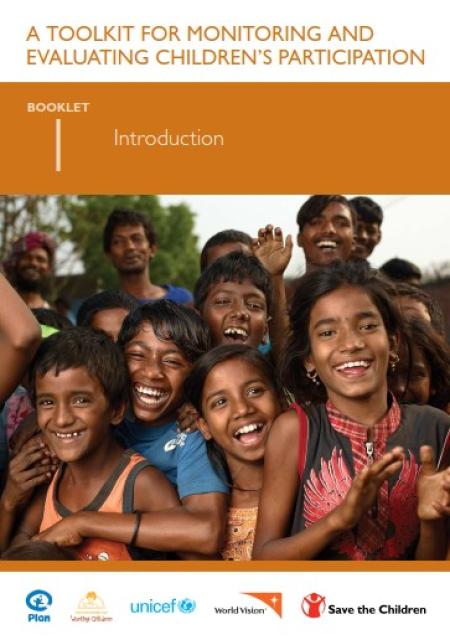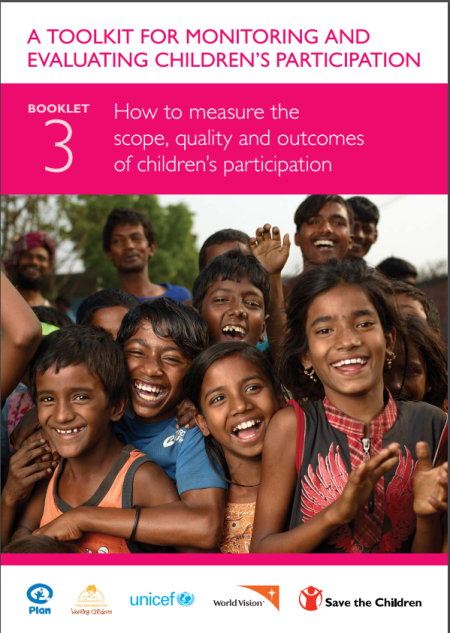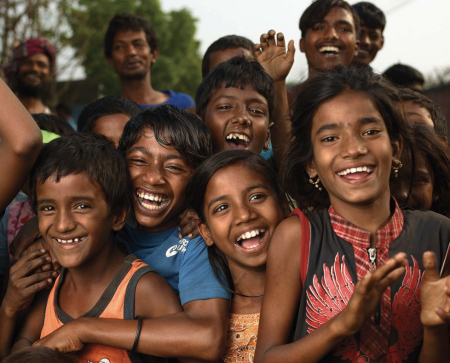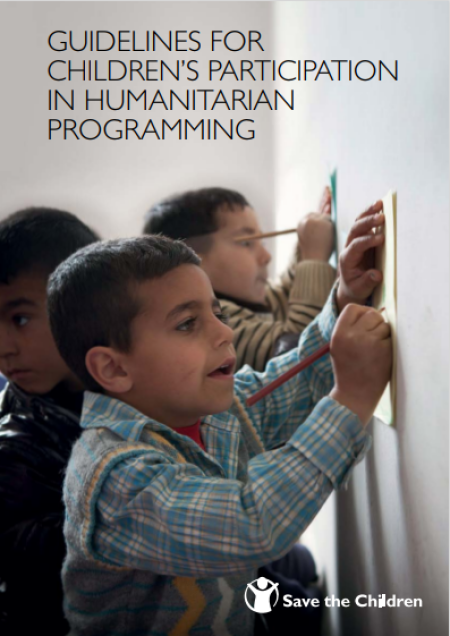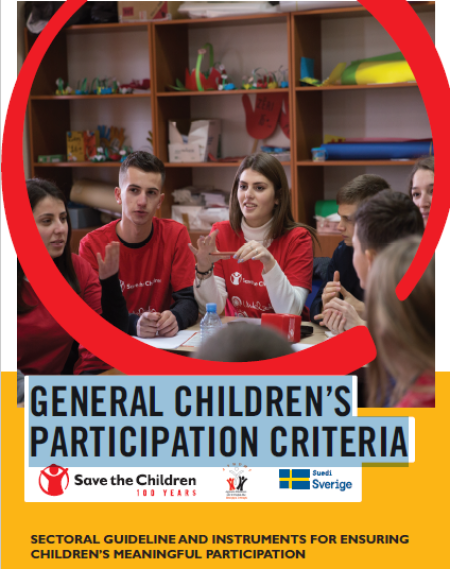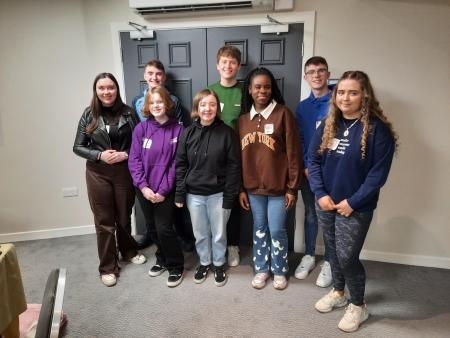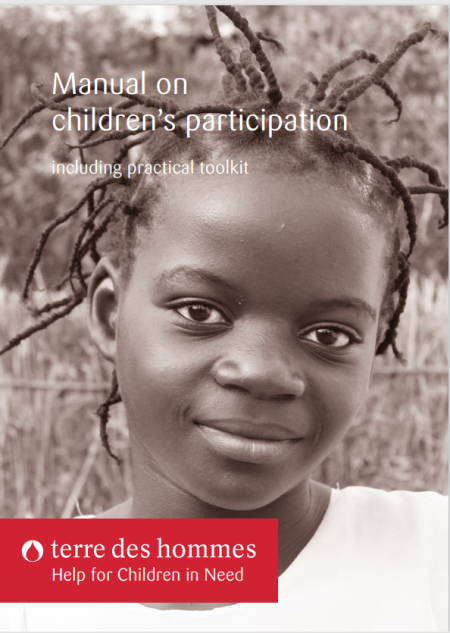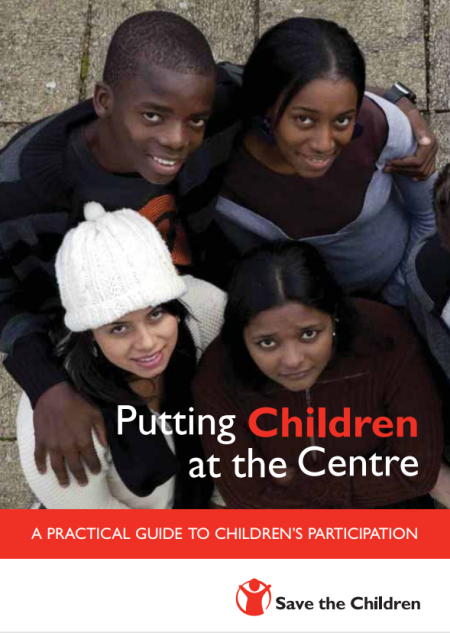
In this publication, the author describes the interaction between children/young people and adults using the ‘ladder of participation’ diagram. Such a model involves eight levels of participation, with the lowest being manipulation and non-participation and the highest being equal participation of adults and children.

You might like..
yes
0
38
This booklet is part of a toolkit comprising 6 booklets. The toolkit "looks at how to monitor and evaluate children’s participation in programmes, communities and in wider society. It is aimed at practitioners and children working in…
yes
0
12
This article is part of a publication entitled A Handbook for Children and Young People’s Participation: Perspectives from theory to practice edited by Barry Percy-Smith and Nigel Thomas. In this chapter, the authors “explore some of the ways…
0
66
While children are active users of the internet today, policymakers need to be prepared to ensure that children can have safe, equitable, diverse, inclusive, and meaningful access to technology-related opportunities. That is why in this post LSE’s…
0
26
This guide is intended for schoolchildren and students, as well as for all stakeholders, to promote civic engagement and the spirit of participation in the society.
With this material, the authors aim to create a reflexive and motivational…
yes
0
22
"This paper aims to increase understanding of children and young peoples’ participation and how World Vision envisions their engagement in the global campaign to end violence against children. This paper explores and responds to five critical…
0
22
The University of Lancashire has published a report on how Roma children are responding to covid-19 in the EU and specifically in Bulgaria. The study was born at a time when the EU is about to publish a post-2020 Roma inclusion initiative, however…
0
105
This booklet describes why it is important to measure the scope, quality and outcomes of participation, and provides tables to help you do it. The scope of participation involves looking at when children get involved (the point of engagement), what…
0
An instructional manual for evaluating the engagement of children and young individuals is provided in this guide. It also offers criteria for interpreting participation and outlines methods to attain meaningful involvement. The toolkit…
0
In formulating these guidelines, Save the Children drew upon pivotal insights derived from an organizational assessment of children's involvement in humanitarian programming. These guidelines are designed to bolster the preparedness initiatives for…
0
2
Citizenship and Civic Education take a range of forms, but the overall goal is to support children and young people’s participation in their immediate society and the wider world. The UNCRC mandates the active participation of children in ‘all…
0
57
This guideline is published in the framework of the project “Children Keeping Children Safe”, funded by the Swedish International Development Cooperation Agency and implemented by Save the Children in cooperation with Ombudsperson’s Office…
0
5
This blog was written by Marina Lambrakis, Policy and Partnership Development Officer at Foróige. The Building Children’s Futures project was initiated in autumn 2022, thanks to funding from the CERV Programme of…
0
In this Manual and Toolkit, informational materials and a practical guide are provided to empower and enhance the participation of children.
Table of contents:
1. Introduction
2. Common understanding of children’s participation
3. Why…
0
This guide is a resource for practitioners engaged in working with children, aiming to assist them in developing their own best practices and experimenting with innovative approaches to involve children. The focus is on fostering participation,…
yes
0
210
Do you work in the public sector? Do you work to promote children’s rights? If you are interested in learning how governments and public sector professionals can listen to children’s views on policies and practices that affect their lives, this is a…

